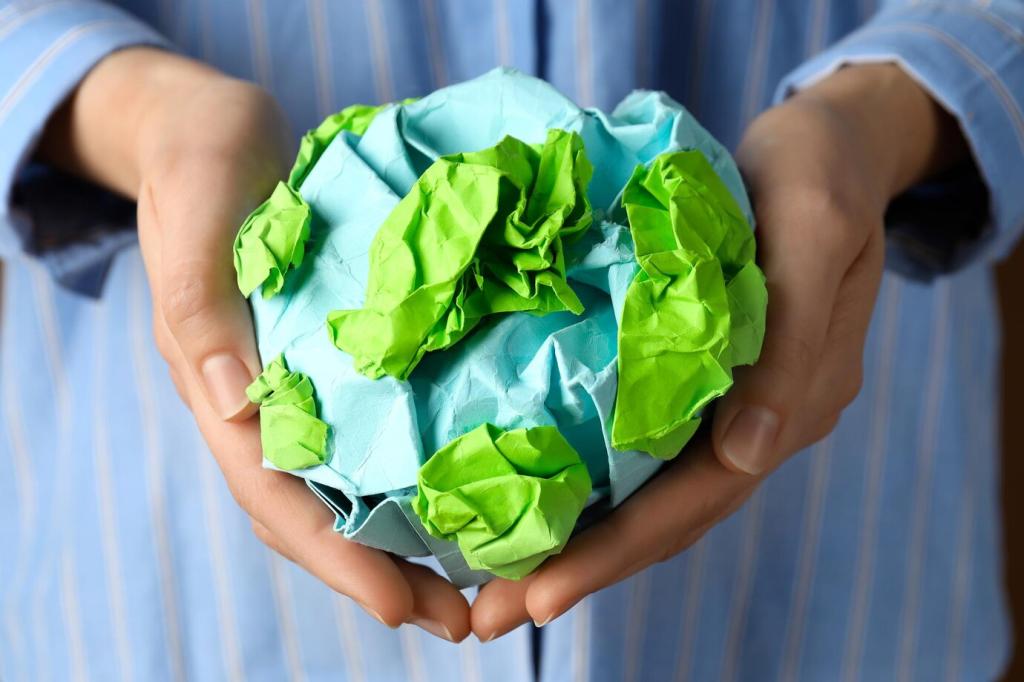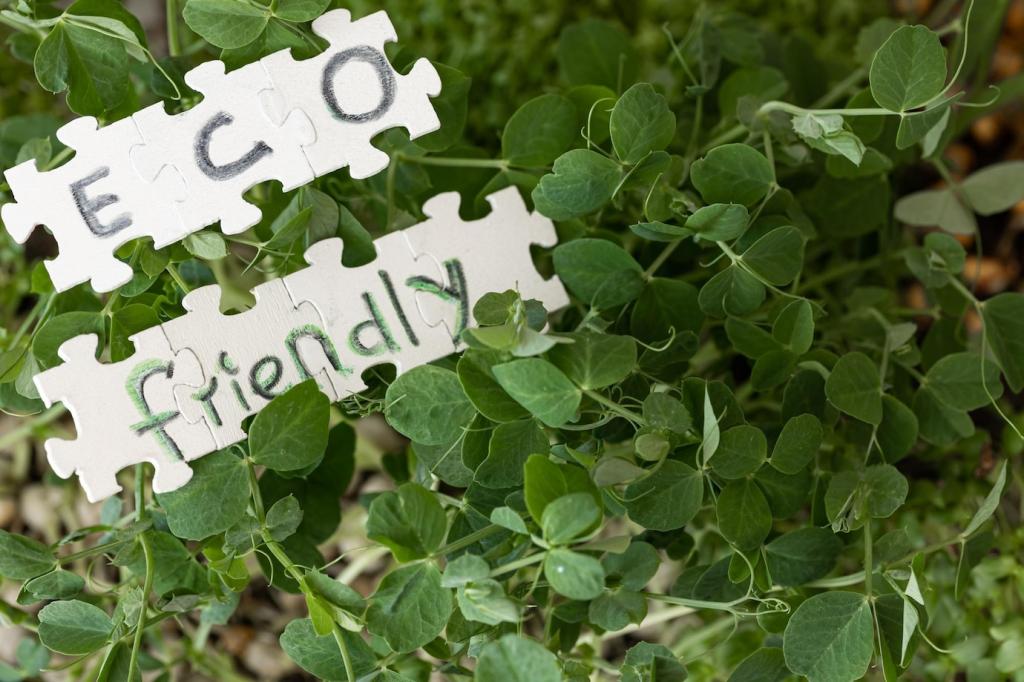Repairing Eco-Friendly Furniture Materials: Bring Sustainable Pieces Back to Life
Welcome to a home for mindful makers who restore rather than replace. Today we dive into techniques, tools, and stories focused on extending the life of sustainable furnishings. Chosen theme: Repairing Eco-Friendly Furniture Materials.
Know Your Green Materials
Bamboo, Rattan, and Cane: Fast-Growing, Fast-Healing
These rapidly renewable fibers are strong, flexible, and surprisingly forgiving. Micro-cracks respond well to careful humidification and binding, while loose weaves can be retensioned without harsh chemicals. Share your fiber-repair wins or challenges in the comments so others can learn from your experience.
Reclaimed and FSC-Certified Woods
Old-growth reclaimed planks often contain tight grain and hidden fasteners. Probe gently, map nail locations, and plan reinforcement with dowels rather than heavy metal brackets. If you have reclaimed wood mystery species, subscribe and send a photo for crowd-sourced identification and tailored repair tips.
Cork, Hemp, and Recycled Plastics
Cork compresses beautifully but needs elastic fillers; hemp composites favor mechanical fixes; recycled plastics respond to low-temperature fusion. Knowing these tendencies keeps waste down and results up. Tell us which sustainable material you’re repairing next, and we’ll share targeted guidance in future posts.

Diagnosing Damage the Sustainable Way
Scratches often follow the grain, while cupping hints at moisture imbalance. Rings and cloudy areas reveal trapped water or incompatible finishes. Document what you see, then comment with a photo and measurements to get community feedback before committing to irreversible steps.
Diagnosing Damage the Sustainable Way
Cracks near radiators suggest rapid drying; sun-faded tones point to ultraviolet damage; wobbly joints usually trace back to glue failure. Address causes first, then repair. If UV is your culprit, subscribe for our upcoming guide on protective finishes and discreet window films for furniture.
Planet-Kind Adhesives and Finishes
Seek waterborne, low-VOC wood glues, soy-based or lignin-enhanced adhesives, and casein options for traditional joinery. Clamp time matters more than excess product. Share which adhesive you trust for bamboo or rattan joints, and we will compare open times and strength in a future roundup.

Choose Hand Tools First
Sharp block planes, card scrapers, and hand drills reduce noise, power use, and tear-out. They also grant tactile feedback that protects delicate fibers. Tell us your favorite hand tool for eco-friendly repairs, and we will feature reader picks in our newsletter.
Dust and Fume Safety
Use HEPA extraction, water-sanding for small areas, and respirators rated for particulates and low-VOC fumes. Ventilate thoroughly during curing. Share your ventilation setups, and we will crowdsource a checklist for small apartments and garage workshops alike.
Energy-Smart Workshop Habits
Batch sanding, unplug idle chargers, and choose LED task lights. Maintain sharp edges to reduce passes and electricity. If you track your repair energy savings, comment with numbers; we love featuring real data that proves sustainable craftsmanship can be measurably efficient.



Caring After the Repair
Climate and Placement
Stabilize humidity, shield from direct sunlight, and keep pieces off damp floors. Simple felt pads and coasters prevent deep scars. Share your local climate challenges, and we will tailor seasonal care reminders for your region in future updates.
Gentle Cleaning, Greener Care
Use pH-neutral soaps, soft brushes, and microfiber cloths. Refresh oil finishes lightly rather than stripping everything. If a stain scares you, ask in the comments before trying aggressive methods—we will help you choose the least invasive, most sustainable approach.
Track Repairs and Share Progress
Keep a notebook of adhesives, finishes, dates, and conditions. Patterns emerge, guiding smarter upkeep. Subscribe for our printable maintenance log, and join the conversation each month to compare notes on long-term performance of eco-friendly repair techniques.
